#brokartok
Text


Here’s something I’m really excited about: I edited and republished a historical work! Search “Icelandic Wrestling: A Study on Brókartök Glíma: A Viking Martial Art” to find it on Amazon! You can also check out vinlandhema on Instagram if you’re interested in this sort of thing, all the techniques in this manual are detailed on that page (check out the Brókartök highlight).
Brókartök Glíma is a martial art and folkstyle of wrestling, part of the broader umbrella of Glíma brought to Iceland by its Viking settlers. Glima is an authentic viking martial art, still practiced today. Brókartök is the most well known aspect of Glíma, the pants grip variation of Glíma, where both players take and use a fixed grip on the pants throughout the match. There’s a few theories on why, and my afterword for this text explains every theory I’ve come across. Brókartök literally translates to pants-grip from Icelandic.
If you’re interested in Brókartök Glíma, learning more about this exciting and dynamic historical martial art, or just willing to support my work on HEMA (especially Viking HEMA), picking up this book would be a great way to do it. Even just liking and sharing to boost would help a lot !!!
#norse paganism#asatru#the asatru community#norse gods#heathen#norse pagan#pagan#pagan things#historical viking martial arts#viking martial art#historical european martial arts#martial arts#martialarts#vinlandknifefightingguild#vinlandHEMA#glima#glíma#Brókartök#brokartok#Brókartök Glíma#hema#vikings#Viking#norse#asatrú#wrestling#folkstyle#folk wrestling#book reccomendations#book
175 notes
·
View notes
Text
Glima: the Viking Martial Arts
Glima is a Scandinavian martial arts system used by the fearless Vikings.
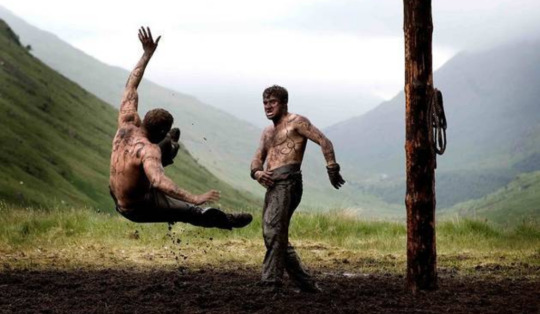
In order to survive or win a battle, Viking warriors were expected to master a fight with and without weapons. Strength wasn’t the only way to dominate your opponent even though the Vikings were famous for their strength and brute force. To advance their combat skills and dominate the battlefield causing a Viking age they developed a traditional and quite ancient martial art system which they implemented into their other fighting skills. This martial arts system called Glima was practiced by men and women of all ages.

Glima is mentioned in Old Norse texts. In the Prose Edda, in the book of Gylfaginning one can read how the Norse God Thor took his journey to Utgards-Loki and was defeated in a wrestling match by the female jötunn Elli (Old Norse “Elli” means “old age”).
It might seem odd that mighty God Thor was defeated by an old woman, but she was skilled in the martial art of Glima.
But Thor was also familiar with Glima. Glima was so important for Viking society that their most popular god, Thor, was also the god of wrestling.
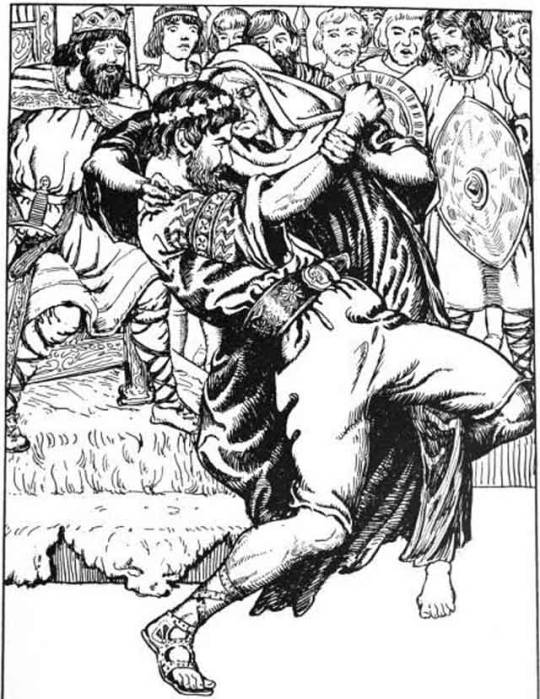
The word Glima in Old Norse means glimpse or flash. The name tells it all and that is to destroy your opponent in a glimpse of a second.
Due to lack of historical written records it’s difficult to determine when Glima became a popular ancient martial art.
What is known is that according to the Jónsbók law book from 1325 AD., original Norwegian settlers in Iceland brought Viking wrestling and the Glima combat systems with them to the island.
Glima is also mentioned in the Icelandic medieval book of laws known as Grágás (Gray Goose Laws), which refers to a collection of earlier Norwegian laws, there were rules for wrestling.

The Vikings were mostly farmers and animal breeders but they plundered when times got tough. They did this in order to survive. This technique was invented by the people and it spread variously when the Viking age struck. Women and men were implementing it in their raids and had an element of surprise to their opponents. This was a type of wrestling and it was considered a sport, they even implemented it in their gods.
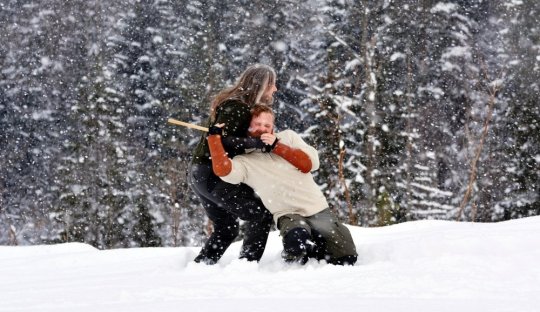
Because Glima was used everywhere around the Viking culture it became a tradition. Children from the age of 6 -7 years old started training this technique and mastered it until they reached the age where they could fight. In some ways then Viking society was much more martial than one had realised before.
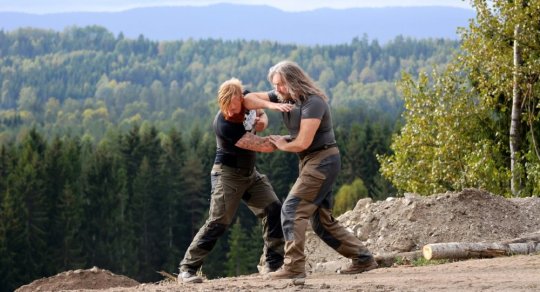
This ancient martial art system is divided into two categories known as Combat Glima and Sport Glima.
Combat Glima - Lausatok (Løse-tak) was used in mainly used by Viking warriors for self-defense and combat.
Combat Glima and the martial art style includes throws, blows, kicks, chokes, locks, pain techniques, and weapon techniques. Many expert consider combat Glima to be comparable with the best complete martial arts systems from around the world.

Sport Glima was in ancient times practiced by men, women and children. It was a popular and most widespread sport in the Viking Age.
Sport Glima consists of several Scandinavian wrestling styles such as Lausatok (free-grip glima), Hryggspenna (back-hold glima) and Brokartok (trouser-grip glima). Sport Glima has complex rules with competitors divided into several classes based on strength and skill.
The most popular style in Iceland and Sweden is Brokartök. It’s Iceland’s national sport.
Brokatok is the most widespread among the types of glima in Iceland. Brokatok is more focussed on strength. The two wrestlers wear a special belt around their waist, they also have belts on their thighs and on each leg.
Hyrgspenna or backhold wrestling is similar to other types of wrestling. Hyrgspenna is more of a test of strength. In this type of glima, the participants take hold of each other’s body, and whoever touches the ground with any part of the body except the feet, will lose.
Lausatok, which is also called loose-grip or free-grip, is quite aggressive compared to the other types of glima. All kinds of wrestling techniques are allowed.

Glima was a demonstration sport at the 1912 Stockholm Olympic Games.
The tradition of Glima has been kept alive and the sport is still very popular in Scandinavia.

86 notes
·
View notes
Text
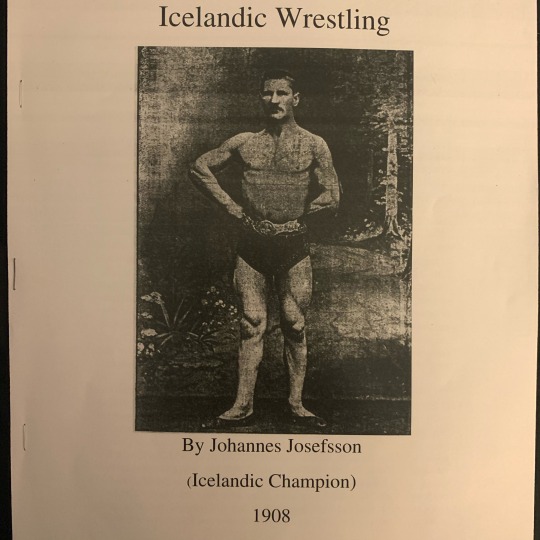
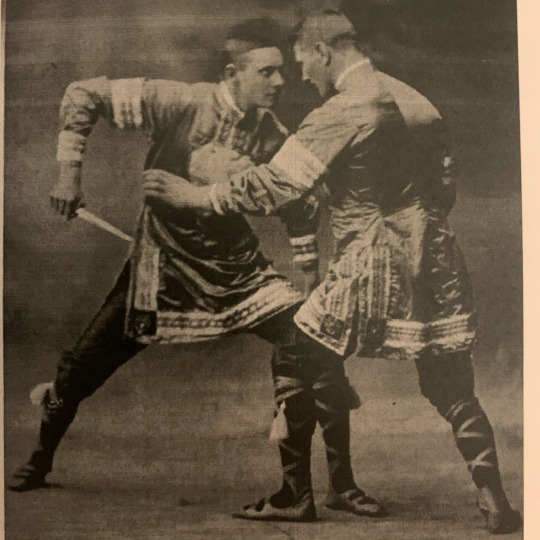




Here’s a bit of information about Johannes Josefsson, the Icelander who brought Brókartök Glíma to America. Josephsson was born in Iceland, and was a lifelong student of his native Glíma. He wrestled in the 1908 Olympic Games in Greco-Roman Wrestling, unfortunately being forced to withdraw due to injury. He followed his olympic performance with competition in several mixed martial arts and prizefighting matches, regularly beating jiujitsu and Judo experts, and on at least one occasion, subduing a bear. Josephson then traveled with a circus in Europe, where he refined his act pitting his Glíma against boxers, knife fighters, and multiple assailants. Josephson later moved to America to travel with Barnum and Bailey’s, meeting and competing with American Catch Wrestlers and of course, more Jujitsu exponents, knife fighters, boxers, and multiple attackers at once.
After traveling for nearly 19 years, Josephson retired to his native Iceland with nearly $120,000 to his name, where he opened a hotel he called Hotel Borg (fortress).
If you’re interested in Glíma, check out Vinlandhema on insta! We practice a reconstruction of the Viking martial art, including this material by Johannes Josefsson.
#norse paganism#asatru#norse gods#norse mythology#norse runes#pagan#paganism#viking martial art#historical viking martial arts#hema#historicaleuropeanmartialarts#vinlandknifefightingguild#vinland#brokartok#judo#jujitsu#jiujistu#sambo#wrestling#grappling#martial arts#historical european martial arts#Iceland#Icelandic#tripping#throws#thor#Odin#advice from odin
48 notes
·
View notes